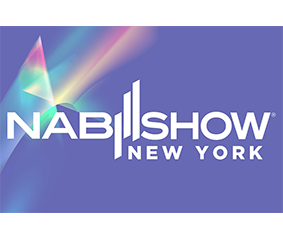Telemedicine, and the ability for patients to have video calls with their doctors, is growing in popularity. During the Coronavirus outbreak, telemedical appointments enabled patients to see their doctors without further spreading the virus or catching it in crowded waiting rooms. This trend is also being driven by the sheer convenience of seeing doctors on your preferred device without leaving home.
As this new type of interaction evolves, patients—especially the deaf or hard of hearing—may expect to see closed captioning of the conversation displayed over the live video call. Having a system that accurately automates the live captioning process benefits patients and healthcare providers alike by:
• Displaying precisely what is being said in near-real-time
• Reinforcing greater understanding and retention of the information exchanged
• Capturing the entire call beyond what a human captioner can do
• Generating a searchable transcript of the call
• Making it easier to add call transcripts to patients’ medical records
Live closed captioning becomes especially valuable when the video conversation is captured accurately from start to finish. The enCaption closed captioning system from ENCO not only automates this process for healthcare providers, it also quickly learns the correct spellings of names, drugs, medical procedures, testing criteria, and other specific terminology.
Today’s patient confidentiality mandates can also be maintained because of the following enCaption attributes:
• Automation keeps the number of people handling sensitive information to a minimum
• Audio feeds directly from popular conferencing platforms, such as Zoom, into enCaption
• Premise-based processing keeps the entire captioning process readily available in-house
• Caption files can quickly and easily become part of electronic health records (EHR)
Find out more about how enCaption automated closed captioning can support and enhance today’s telemedicine revolution.








